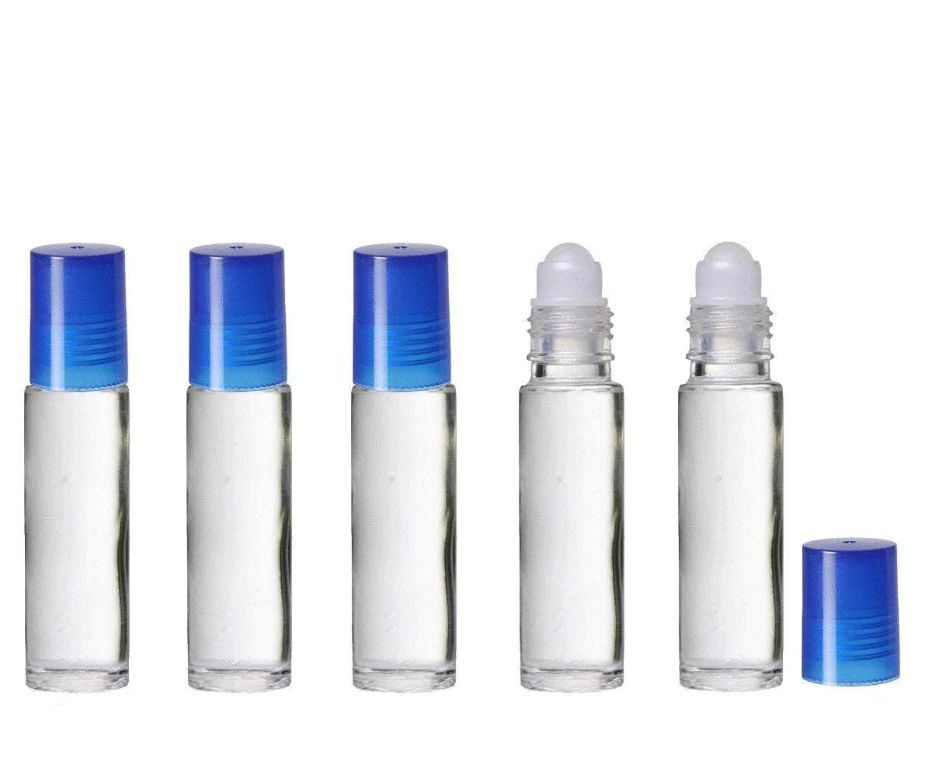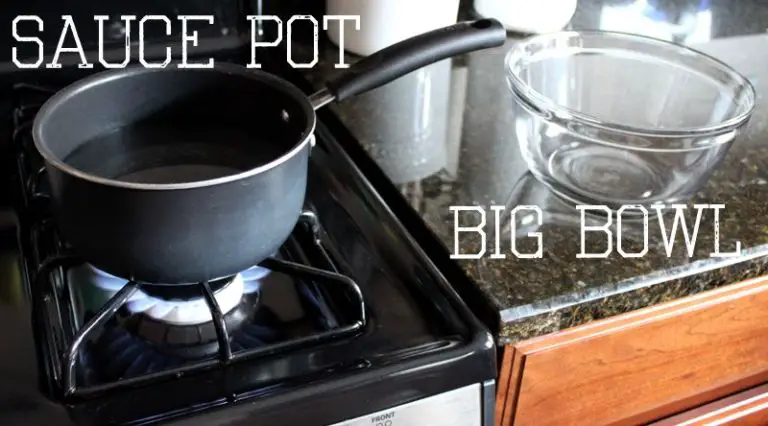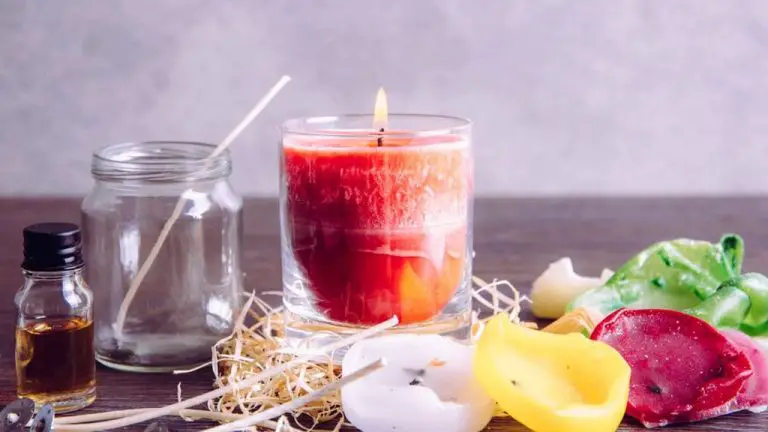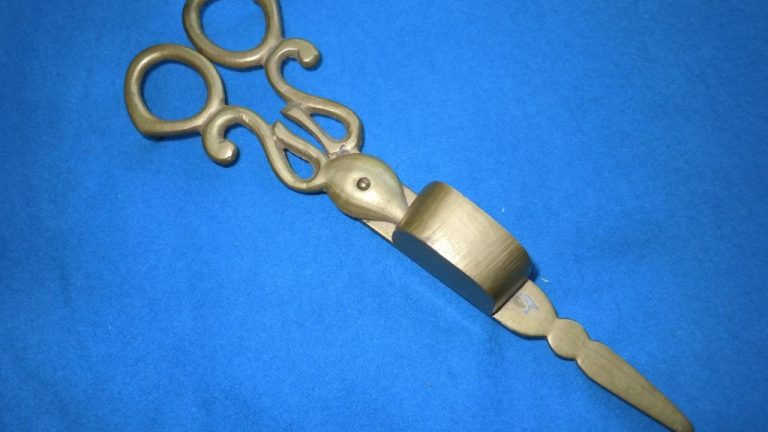How Long Should You Stir Fragrance In Wax?
The purpose of this article is to provide a comprehensive overview of how long to stir fragrance when making candles. Key factors that impact stir time include the wax type, fragrance load, and equipment used. We’ll cover the basics of candle making equipment, different wax types, ideal fragrance loads, wax temperatures, stirring methods, and target stir times. Tips on testing fragrance intensity and troubleshooting will also be provided. Follow along for a complete guide on determining ideal stir times when adding fragrance to candle wax.
Equipment Needed
Making candles requires some basic equipment to properly melt, mix, and pour the wax. The key pieces of equipment you’ll need include:
Double boiler or crockpot – This provides a safe way to gently melt wax at the correct temperatures. The double boiler uses hot water to melt the wax, while the crockpot uses low heat. Citing from CandleScience, the double boiler or crockpot should hold at least twice the volume of wax you want to melt.
Spoon – Use a long handled, stainless steel spoon to stir the wax and fragrance oil mixture. The spoon allows you to stir thoroughly without burning yourself on hot wax.
Thermometer – A thermometer is essential to monitor the temperature of the melted wax. According to Armatage Candle Company, the wax needs to be within the proper temperature range both before and after adding fragrance.
Wax Type
The type of wax used will impact how long you need to stir the fragrance oil. This is because different wax compositions have varying abilities to absorb and bind with fragrance oils. The main types of wax used in candle making are:
- Paraffin – This petroleum-based wax has a low affinity for binding with fragrance oils. Paraffin wax will require a shorter stir time of around 2-3 minutes. [1]
- Soy – Made from soybeans, this natural wax binds better with fragrances. Allow 4-5 minutes of stirring to fully incorporate soy wax and fragrance.
- Beeswax – As a natural wax, beeswax also absorbs fragrances more readily than paraffin. Expect to stir beeswax and fragrance for 5-6 minutes for proper blending.
The different chemical compositions of wax types impact their ability to thoroughly mix with added fragrances. Testing stir times with the specific wax you use will help determine the ideal blending time.
Fragrance Load
The standard fragrance load for candles is typically between 8-10% of the total wax weight, according to the Candle Fragrance Load Calculator[1]. This means if you have 1 pound of wax, you would use 0.08-0.1 pounds of fragrance oil. However, some experts recommend going up to 12% or even 15% fragrance load for certain waxes and applications

Higher fragrance loads beyond 10% require longer stirring times to fully incorporate the oil into the wax. As you increase the fragrance load, you’ll need to stir for longer periods to prevent the fragrance from settling out of the wax and creating an uneven scent throw. Test stirring in intervals of 5-10 minutes after the standard time to check fragrance saturation.
Temperature
The temperature of the wax when adding fragrance oil is an important factor that impacts how long you need to stir. Heating wax too high can cause some fragrance oils to evaporate. According to CandleScience, wax should be heated to 185°F before adding fragrance oil, regardless of the oil’s flash point, to ensure proper binding.
On the other hand, if the wax is not heated enough, the fragrance oil will take longer to incorporate fully. As Northwood Candle Supply explains, some types of wax need temperatures above 140°F to melt properly. So heating the wax too cool can make stirring difficult and lengthen the process.
In summary, heating wax to around 185°F, the recommended temperature, allows fragrance oils to bind optimally without evaporating, reducing the stirring time needed.
Stirring Method
There are three main methods for stirring fragrance oil into wax – by hand, stand mixer, or fragrance oil agitator. Each has its pros and cons:
Hand Stirring – Using a spoon or spatula to stir by hand is the most basic method. It can be done if making candles in small batches. However, hand stirring can be labor intensive and lead to inconsistent blending if the wax cools before stirring is complete. Overstirring by hand can also cause air bubbles in the wax. Hand stirring works best with a wax pouring temperature no lower than 175°F.
Stand Mixer – A stand mixer with a paddle attachment can stir wax and fragrance more efficiently than hand stirring. It allows the wax to be thoroughly combined while maintaining an even temperature. Caution should be used not to overmix, which can incorporate too much air. Most recommend mixing on medium speed for 1-2 minutes.
Fragrance Oil Agitator – Purpose-built fragrance oil agitators are available to stir and blend wax and oils. They maintain optimal temperature and prevent overmixing. Agitators with heating features help keep the wax in the ideal temperature range during stirring. They provide consistent, efficient blending for those doing large volume production.[1]
Stirring Time
The amount of time needed to stir fragrance oil into wax depends on several factors like wax type, fragrance load, and temperature. However, there are some general guidelines on stirring time to follow:
For most candle waxes like soy, paraffin, palm, or blended waxes, you’ll want to stir the fragrance oil for 1-2 minutes after adding it to the melted wax. Stirring for this short time helps to evenly distribute the fragrance throughout the wax without allowing the fragrance to evaporate. According to CandleScience, begin stirring immediately after adding the fragrance oil and continue for about two minutes, until you reach the desired pour temperature.
For vegetable waxes like soy, you may need to stir a bit longer, around 2-3 minutes. The vegetable wax molecules are larger than paraffin wax molecules so it can take a bit longer for the fragrance oil to bind properly throughout the wax.
No matter what type of wax you use, avoid stirring too long or too vigorously. Over-stirring for more than 3-5 minutes or stirring too quickly can actually cause some of the fragrance oil to evaporate out. Gentle folding or stirring action is best.
Lastly, make sure to give a final brief stir right before pouring your candles. This helps ensure no fragrance has settled to the bottom. Follow these simple stirring guidelines to get an even fragrance throw in your finished candles.
Testing Fragrance
After stirring the fragrance into the wax, it’s important to test the fragrance throw to ensure it’s strong enough. Here are some tips for testing fragrance strength at home according to Brambleberry:
Light the finished candle and let it pool. Move a few feet away and evaluate how far you can smell the fragrance. For a 2-4 ounce candle, expect to smell the fragrance within 2-3 feet. This is an approximation and can vary based on wax type, fragrance load, and other factors.
If the fragrance throw seems weak, remelt the wax, add more fragrance oil, and test again. Increase in small increments, as too much fragrance can lead to smoking or sooting issues. Continue testing until the desired fragrance strength is achieved.
Testing regularly as you adjust the fragrance load will help dial in the perfect amount for your candle’s wax type and vessel size. Make notes for each test batch to compare throw between adjustments.
Fixing Issues
If you find that your candle’s fragrance is not strong enough, there are a few things you can try to improve scent throw:
Reheat the wax and stir in more fragrance oil, up to the manufacturer’s recommended maximum usage rate. According to CandleScience, adding fragrance at 185°F allows it to fully bind with the wax.1 Take care not to overheat or burn the wax.
Allow the candle to cure for 1-2 weeks before lighting to give the fragrance time to fully set. Fragrances can smell weaker in freshly poured candles.
Use an appropriate wax for the fragrance oil. Some perform better in soy than paraffin, or vice versa. Testing different wax types can make a difference.
Avoid fragrance oils with low scent throw ratings from the manufacturer. Opt for highly concentrated fragrances known for their strength.
Double check the usage rate – usually 5-10% of wax weight is recommended for pillar candles. Going up to the maximum suggested amount can increase scent.
Trim the wick to 1⁄4” before lighting to prevent it from getting drowned and producing more unscented wax pooling.
Conclusion
When adding fragrance to wax, the goal is to achieve an even scent distribution without losing the fragrance. The optimal stir time depends on factors like wax type, fragrance load, temperature and stirring method. In general, aim for 10-15 minutes of stirring per pound of wax at 185-190°F. Stir vigorously at first to incorporate, then more gently. Test the scent periodically and adjust as needed. With the right technique, you can develop beautifully scented candles.
To recap, use a heavy base wax, moderate fragrance load and low heat. Stir thoroughly at first then gently afterwards. Test frequently and stir longer for an even scent. Making scented candles is an art but with some trial and error, you can master proper stir times for your recipes.






